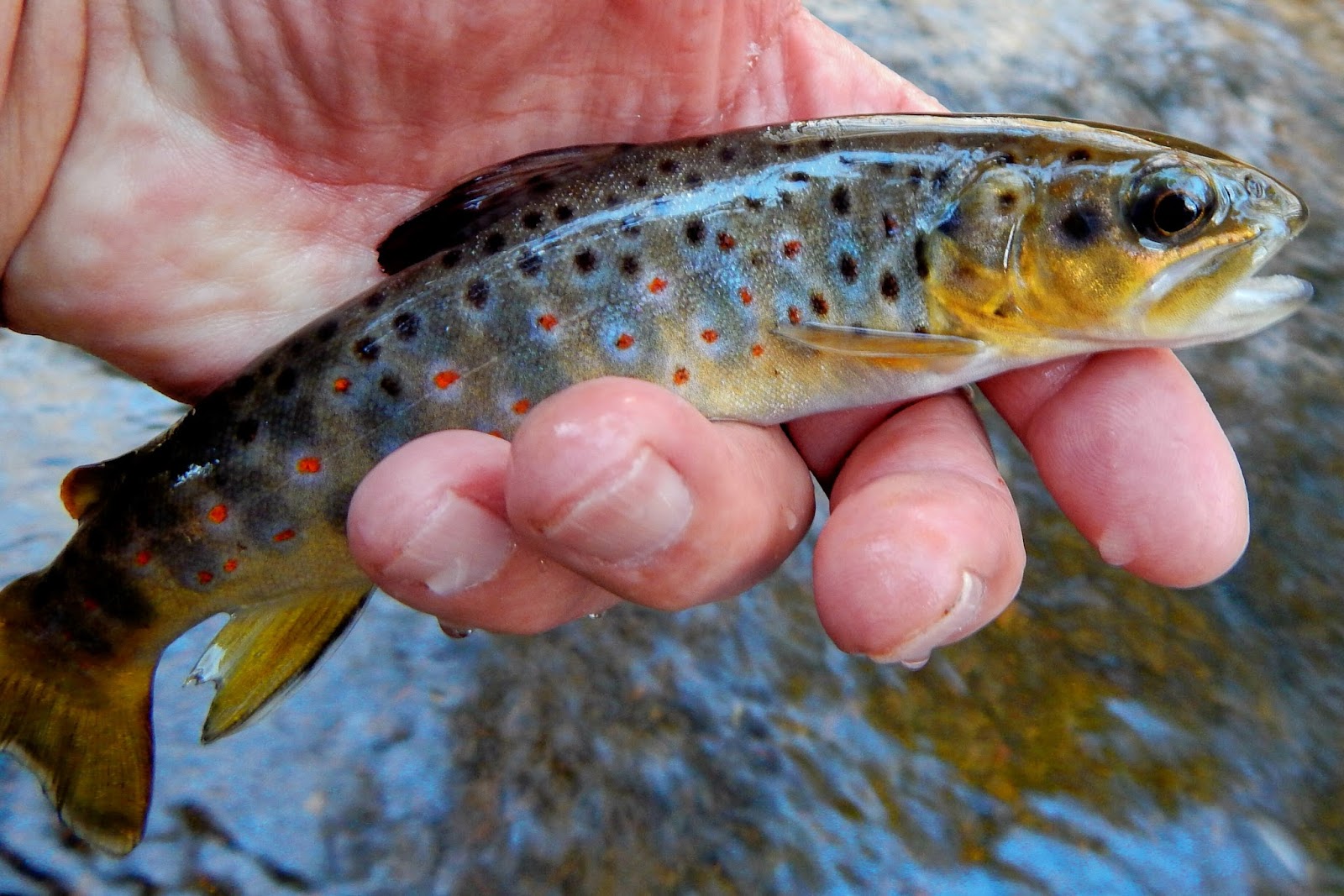A trout’s eyes, set on either side of its head, have only a fairly narrow field of binocular vision but provide it with a very wide monocular arc, which enables it both to spot prey ‘out of the corner of its eye’ and to warn it of potential danger.
The ‘blind arc’ behind a trout is quite narrow — no more than about 25° or 30°, but awareness of it can certainly make it easier for the angler to approach a fish unobserved. There is no doubt that a brown trouts eyesight can identify colours in very much the same range as those that we see, but probably leaning towards the red end of the spectrum and possibly including one or two frequencies beyond the range of the human eye.
If the fly fisher learns nothing else about the trout’s senses, it is essential that he or she should at least develop a working understanding of the way in which fish see things in, on and above the water.
Related Articles:
-
Brown Trout Hearing, Taste and Smell
-
Types of California Trout
-
The trout’s anatomy and senses
-
Play a Hooked Trout
-
Tackle Accessories
All freshwater fish depend very heavily on their eyesight to warn them of impending danger, and most of them — particularly the predators — rely almost exclusively on it for the identification and taking of food items. Because the ways in which light behaves in air and in water are very different, the fish’s visual perceptions of his surroundings are quite unlike ours.
The Brown Trouts Eyesight
Three Factors
Three factors cause these differences — reflection from the water’s surface, refraction (the way in which light bends as it passes from air into water) and colour absorption (the way in which various colours are progressively filtered out as light passes down through the water).
Colour absorption is of greatest significance to the Stillwater angler, who often works his fly or lure at far greater depths than the stream or river flyfisher does, but reflection and refraction are important to all of us.
Light Striking
Light striking the water’s surface at 90° penetrates well and passes straight down into it. As the angle of attack is reduced, so is the light’s penetrating power, more and more of it being reflected back off the water.
The light that does get through is refracted (bent) downwards. At an angle of attack of about 2 0 °, by far the greater part of the light is being reflected and the small amount that does get through is being refracted downwards at an angle of about 40°. At 10° and less, no light penetrates the surface at all.
The effect of all this is that a fish sees the underside of the water’s surface as a mirror in which are reflected the things around him and in the centre of which, immediately above him, is a circular ‘hole’ or ‘window’, through which he can see the outside world.
Because the light’s ability to penetrate the surface decreases gradually as the angle of attack is reduced, rather than simply stopping abruptly, the edge of the window is ill defined. And the window for a fish lying deep in the water is larger than that for one lying close to the surface.
The immediate importance of this to the angler lies in the extent to which the fish can or cannot see him (and his rod) and the extent to which he may be able to use the blind area outside the fish’s window to conceal himself. But there is far more to it than that.
In Calm Water
In calm water, an unbroken mirror surrounding the fish’s window affords a constant and, presumably, reassuring background to his life. Floating food forms borne down towards him on the current appear initially as indentations in the mirror. It is evident from their behaviour that trout learn to interpret these indentations.
While it is still quite clearly beyond his window, a trout will start to lift in the water to intercept a natural fly, even apparently identifying a particular species on which he is feeding some time before he can see its body or wings.
Thereafter, because of refraction, the fly’s wings will appear in the trout’s window, seemingly detached from the insect’s body and ‘suspended’ in the air. Only when the fly’s legs and feet appear in the window will the fish at last be able to see it as a complete entity.
By this time, he has usually risen to meet it and is almost — but not quite — committed to taking it. From this it is evident that the initial impressions our flies make on the trout are important, and that his view of a fly is likely to be very different from our own — the ‘feet’ and wings being of primary significance.
The way in which a trout sees our fly line and leader is of considerable importance too. A floating fly line and a length of floating nylon both appear in the mirror like great hawsers across the sky, and they look much bigger than they actually are because of the sizeable dent each makes in the surface film.
If they are moved — when being retrieved, for example, or when being lifted off to be recast — they cause far more disturbance than may be evident from above the water. Obviously, all of this has serious implications in terms of our tackle’s fish-frightening capabilities.













